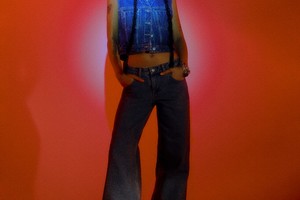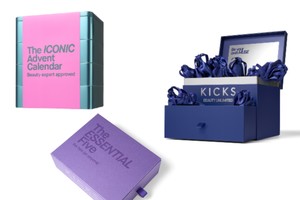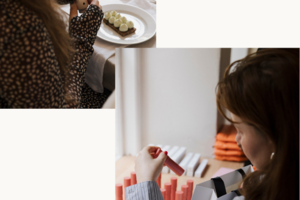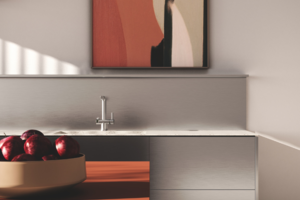Michael Rider Marks His Arrival at Celine with Printemps 2026
Written by Jahwanna BerglundThe first campaign under Michael Rider’s creative direction at Celine has arrived, and it is nothing short of a statement. Shot by Zoë Ghertner, the Printemps 2026 campaign introduces Rider’s vision for the house with a cool precision, leaning into intimacy rather than spectacle. Kylie and Victoria, who both walked the Paris show in July, return as the campaign’s protagonists embodying Rider’s debut with a stripped-back elegance.
At its heart lies the rebirth of an icon: the Luggage. Originally launched over a decade ago, the silhouette now returns as the New Luggage, unveiled on Rider’s debut runway and carried into the campaign as a centerpiece. The standout detail, the so-called “Smile Variation,” lends the bag a subtle playfulness that balances Celine’s reputation for understatement.
The New Luggage is offered in supple, shiny lambskin across black, tan, citrus, oxide blue, and deep brown, alongside suede calfskin in beige and exotic Porosus crocodile in rich tones of black and chocolate. Oversized east–west shapes sit alongside smaller formats, each defined by versatility and Rider’s attention to construction and texture.
The first drop, featuring the “Smile Variation,” will pre-launch at the end of September on celine.com and in select stores, before the full collection lands worldwide in mid-November.
For Rider, stepping into Hedi Slimane’s shadow might have been daunting. Yet his first campaign suggests a different rhythm: less about a clean break, more about layering heritage with a modern sensibility. If Slimane’s Celine was razor-sharp and restless, Rider’s debut hints at a quieter confident one that extends the conversation between past and present without losing its edge.


















